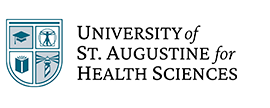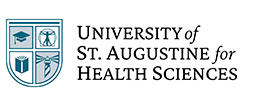Elise Bjork, PT, DPT, SCS
Assistant Professor, PT Programs
Campus
Austin, TX
College
College of Rehabilitative Sciences
Specialties
Adult Rehabilitation
Healthcare Higher Education
Manual Therapy
Orthopedics
Population Health
Sports Medicine
Education
Doctor of Physical Therapy, Texas Woman's University
Bachelor of Science in Biochemistry, The University of Texas at Austin
Research Interests
Trauma-informed physical therapy practice
Culturally responsive teaching
Best practices in sports physical therapy for athletes who are sexual and gender minorities
Upper extremity return-to-sports testing
Dr. Elise Bjork (she/her) received her Bachelor’s degree in Biochemistry from The University of Texas at Austin in 2011. She then completed her Doctorate in Physical Therapy from Texas Woman’s University in Houston in 2015 and returned in 2021 to begin the PhD program in Physical Therapy. She is also working on a Master of Arts in Religion at the Episcopal Theological Seminary of the Southwest, in which she focuses on Liberation Theologies with the hope of connecting those methodologies to the battle of systemic oppression within the healthcare system.
After completing a Sports Residency through Evidence in Motion in 2016, Dr. Bjork became an American Board of Physical Therapy Specialties (ABPTS) Board-Certified Sports Clinical Specialist and has worked in outpatient sports and orthopedics for adults and pediatrics. She was also the Head Physical Therapy for the Austin Sol and the Austin Torch professional ultimate frisbee teams from 2016-2019.
Dr. Bjork was a Faculty Lab Instructor for four years in the Flexible Doctor of Physical Therapy program at the University of St. Augustine for Health Sciences before being promoted to Core Faculty in the Residential DPT program in 2021. Dr. Bjork’s research interests include trauma-informed physical therapy practice, culturally responsive teaching, best practices in sports physical therapy for athletes who are sexual and gender minorities, and upper extremity return-to-sports testing.



